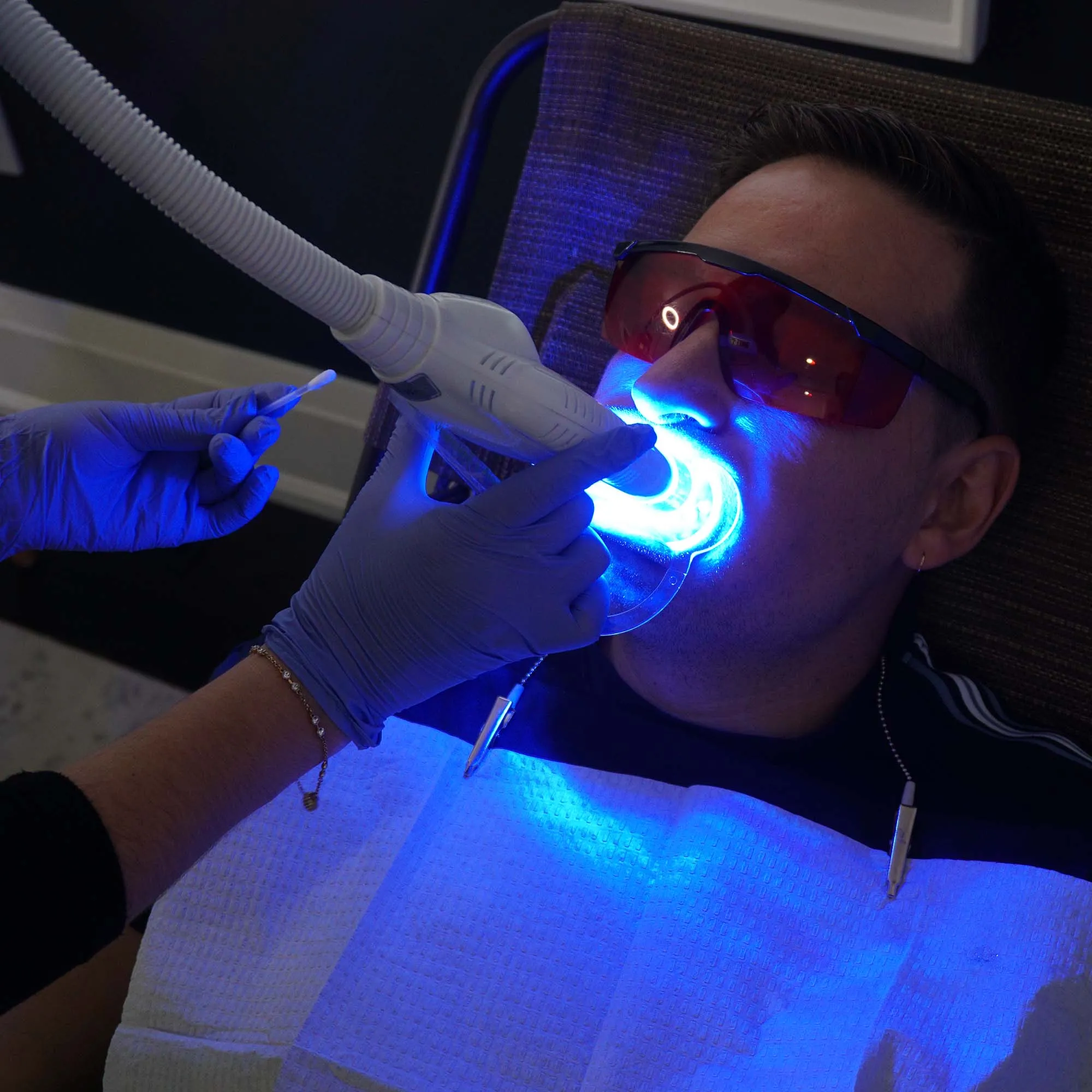Are you a dental professional looking to expand your skillset and offer more comprehensive services? Or perhaps you’re considering a career in the growing field of cosmetic dentistry? A teeth whitening certification course could be your key to unlocking new opportunities. This certification not only enhances your professional profile but also equips you with the knowledge and practical skills needed to perform safe and effective teeth whitening procedures. This article explores the top 5 benefits of obtaining a teeth whitening certification and provides valuable insights into the course itself, ensuring you make an informed decision about advancing your career.
Top 5 Benefits of Teeth Whitening Certification
Investing in a teeth whitening certification offers a multitude of advantages, boosting your career and the services you can offer. From increased credibility to enhanced patient care, the benefits are substantial and far-reaching. Here are the top five reasons to consider getting certified in teeth whitening.
Enhanced Professional Credibility
A teeth whitening certification immediately elevates your professional standing within the dental community. It demonstrates a commitment to specialized knowledge and a dedication to providing advanced patient care. This certification proves you’ve undergone training and have a solid understanding of the procedures. This can lead to increased patient trust, referrals, and opportunities for collaboration with other dental professionals, thereby enhancing your reputation as a skilled and knowledgeable practitioner. The certification acts as a badge of honor, signaling to patients and peers alike that you are qualified to perform professional teeth whitening treatments safely and effectively.
Increased Earning Potential
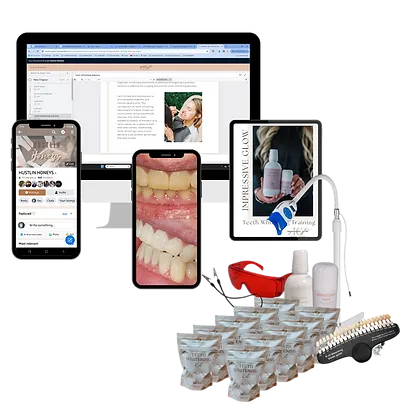
Adding teeth whitening services to your practice can significantly increase your revenue stream. Certified professionals can charge a premium for their expertise and the services they provide. As demand for cosmetic dentistry continues to rise, the ability to offer teeth whitening gives you a competitive edge in the market. The investment in certification quickly pays off as the increased income potential helps offset the cost of the course. Moreover, the ability to offer teeth whitening can attract new patients looking specifically for this service, expanding your patient base and contributing to the overall financial health of your practice. The ability to provide a sought-after service such as teeth whitening ensures a steady flow of clients and generates revenue, which contributes to a higher salary and overall revenue for the practice or clinic. This could also lead to being able to charge more for other services as you are known for advanced skills.
Expanded Service Offerings
Certification allows you to broaden the scope of services you can offer to your patients. Teeth whitening is one of the most popular cosmetic procedures, and by adding it to your repertoire, you become a one-stop solution for your patients’ aesthetic needs. This not only boosts patient satisfaction but also allows you to retain patients, who might otherwise seek these services elsewhere. Expanding your service offerings, such as teeth whitening, also enhances your practice’s versatility. Offering a broader range of dental care options encourages more clients to visit your practice to cater to all their needs. The ability to offer teeth whitening procedures can increase the perceived value of the services your practice provides.
Improved Patient Satisfaction
Offering teeth whitening services can significantly improve patient satisfaction. A bright, confident smile can have a transformative effect on a person’s self-esteem and overall well-being. Certified professionals are equipped to provide this life-enhancing service, leading to happier and more satisfied patients. Satisfied patients are more likely to return for other dental procedures and refer new patients to your practice. They often share positive experiences and recommend your services to friends and family, ultimately driving the growth of your practice through word-of-mouth marketing. Having the ability to offer teeth whitening procedures will improve patient experience and create loyal, satisfied patients.
Expert Knowledge and Skills
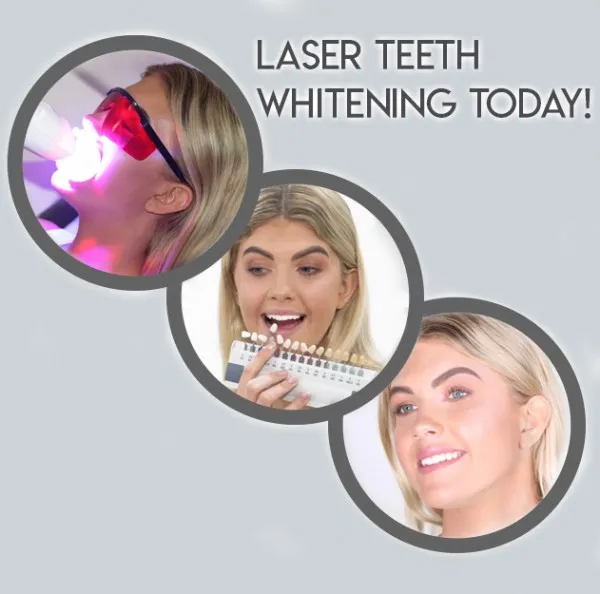
Certification provides you with a comprehensive understanding of teeth whitening procedures, including the science behind the process, different treatment methods, and safety protocols. You’ll learn about various whitening agents, how they work, and how to use them effectively to achieve optimal results. This expert knowledge allows you to provide the best possible care, minimizing risks and maximizing patient satisfaction. Certification also provides the opportunity for hands-on training, allowing you to master the practical skills needed to perform these procedures confidently. Having this expertise distinguishes you from others and ensures your patients receive quality care.
Understanding Teeth Whitening Basics
Before diving into the practical aspects of teeth whitening, it’s essential to have a solid foundation in the underlying principles. Understanding the anatomy of teeth, the causes of discoloration, and the science behind whitening will help you provide safe and effective treatments. Without this knowledge, you’re at risk of misdiagnosing the issue, leading to ineffective treatments or harm to the patient. A firm grasp of these basics is the cornerstone of successful teeth whitening treatments.
Anatomy of the Tooth and Enamel
Understanding the structure of a tooth is paramount. The enamel, the outermost layer, is the hardest substance in the human body and is porous. This porosity allows whitening agents to penetrate and break down staining molecules. Beneath the enamel lies the dentin, which contributes to the tooth’s color. Recognizing these structures helps you understand how whitening agents work and potential sensitivity issues. Having this understanding can help you educate your patients and guide them through the procedures. It also ensures the process is done safely and effectively.
Types of Teeth Discoloration

Teeth discoloration can be broadly categorized into extrinsic and intrinsic stains. Extrinsic stains are surface-level stains caused by food, drinks, and tobacco. Intrinsic stains originate from within the tooth, often due to aging, medications, or trauma. Knowing the difference is crucial because different types of stains require different treatment approaches. For example, extrinsic stains are generally easier to remove with surface treatments, while intrinsic stains may require more intensive procedures. The proper diagnosis of staining types allows you to create a treatment plan specific to each patient.
The Science Behind Whitening
Teeth whitening works by using bleaching agents, typically hydrogen peroxide or carbamide peroxide, which penetrate the enamel and break down staining molecules. This process effectively lightens the color of the teeth. The concentration of the bleaching agent, the duration of the treatment, and the method used can all affect the whitening outcome. The science is based on the oxidization of staining molecules inside the tooth. Understanding this process ensures you can choose the right product and method for each patient, achieving optimal and safe results.
Different Teeth Whitening Methods
Teeth whitening offers a range of methods, from in-office procedures to at-home systems, and combination treatments. Each approach has its advantages, and the best choice depends on the patient’s needs and preferences. Understanding the different methods helps you provide a tailored treatment plan.
In-Office Whitening Procedures

In-office whitening, usually performed by a dental professional, involves the application of a high-concentration bleaching agent, often activated by a special light or laser. This method provides the most immediate results, often lightening teeth several shades in a single session. The professional setting ensures the safe application of the bleaching agent and reduces the risk of side effects. In-office treatments are ideal for patients seeking immediate results or those with significant discoloration. The professional setting allows for close monitoring of the procedure.
At-Home Whitening Systems
At-home whitening systems typically involve custom-fitted trays or pre-filled strips containing a lower concentration of bleaching agent. Patients use these systems at home for a specified duration, following instructions provided by the dental professional. This method is often more affordable and convenient for patients. At-home systems allow patients to whiten their teeth at their own pace, though results may be achieved gradually. It also means that there is a lower risk of sensitivity. Your guidance is still required to achieve effective and safe results.
Combination Treatments
Combination treatments combine in-office and at-home methods to achieve optimal results. Patients often begin with an in-office procedure to jumpstart the whitening process, followed by at-home maintenance to sustain and enhance the results. This approach offers the benefits of both methods, providing rapid initial whitening and ongoing maintenance. Combination treatments are tailored to the patient’s individual needs. This allows for more control over the overall process and maximizes the whitening results.
Choosing the Right Certification Course

Selecting the right teeth whitening certification course is a crucial step. The course should provide comprehensive training, practical experience, and ongoing support. Choosing a reputable course will significantly impact the quality of your training. Carefully consider the course’s curriculum, accreditation, and instructor credentials to ensure it meets your needs and prepares you for success.
Accreditation and Reputation
Look for courses accredited by recognized dental organizations. Accreditation ensures the course meets certain standards for quality and content. Reputable courses are often affiliated with established dental schools or professional organizations. Checking online reviews and testimonials can provide valuable insights into the course’s quality and effectiveness. Accreditation and reputation ensure the course will be valuable to you and prepare you for a successful career.
Course Curriculum and Content
A comprehensive curriculum should cover the basics of teeth whitening, different treatment methods, safety protocols, and patient management. Look for courses that include detailed anatomy reviews, discussions on different types of stains, and in-depth explanations of whitening agents. The course content should also address potential risks and side effects, ensuring that you are fully prepared to provide safe and effective treatments. A well-structured curriculum is the foundation of a great learning experience. It sets the stage for thorough learning, preparing you for any situation that you may encounter in your professional career.
Hands-on Training and Practical Experience
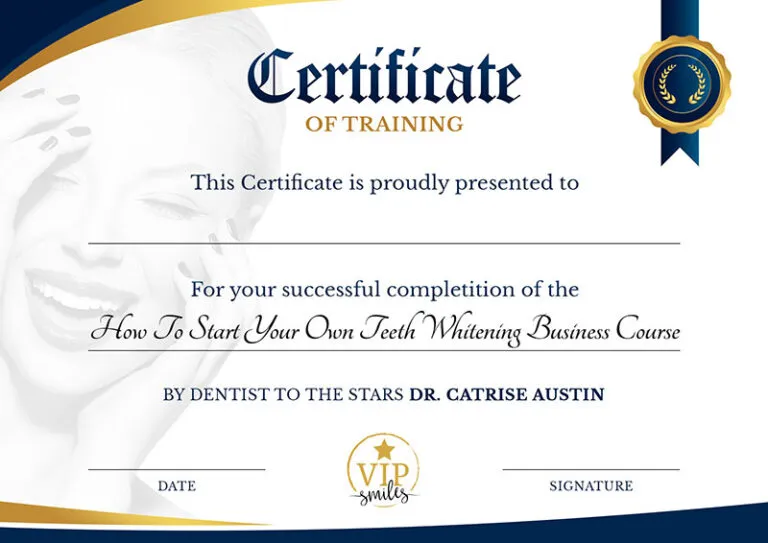
Hands-on training is a critical component of any teeth whitening certification course. Practical experience allows you to practice techniques, build confidence, and refine your skills under the supervision of experienced instructors. The course should provide opportunities to work with different whitening systems and practice on models or patients. Practical experience allows you to apply your knowledge and develop the confidence necessary to perform teeth whitening procedures. Real-world experience provides a chance to refine techniques.
Post-Course Support and Resources
Choose a course that offers post-course support and resources, such as access to instructors, online forums, or continuing education materials. This support ensures that you can continue to learn and grow after completing the course. Ongoing support can help you stay current with the latest advances in teeth whitening. It allows you to refine your skills and address any questions that arise in your practice. Good resources are essential for professional growth. They can also allow you to keep up to date with the latest information and best practices.
Legal and Ethical Considerations
Providing teeth whitening services involves legal and ethical considerations. Understanding these considerations ensures you practice responsibly and ethically, protecting both your patients and your practice. It is important to handle all procedures with responsibility and follow all legal and ethical standards to ensure patient well-being.
Patient Consultation and Assessment
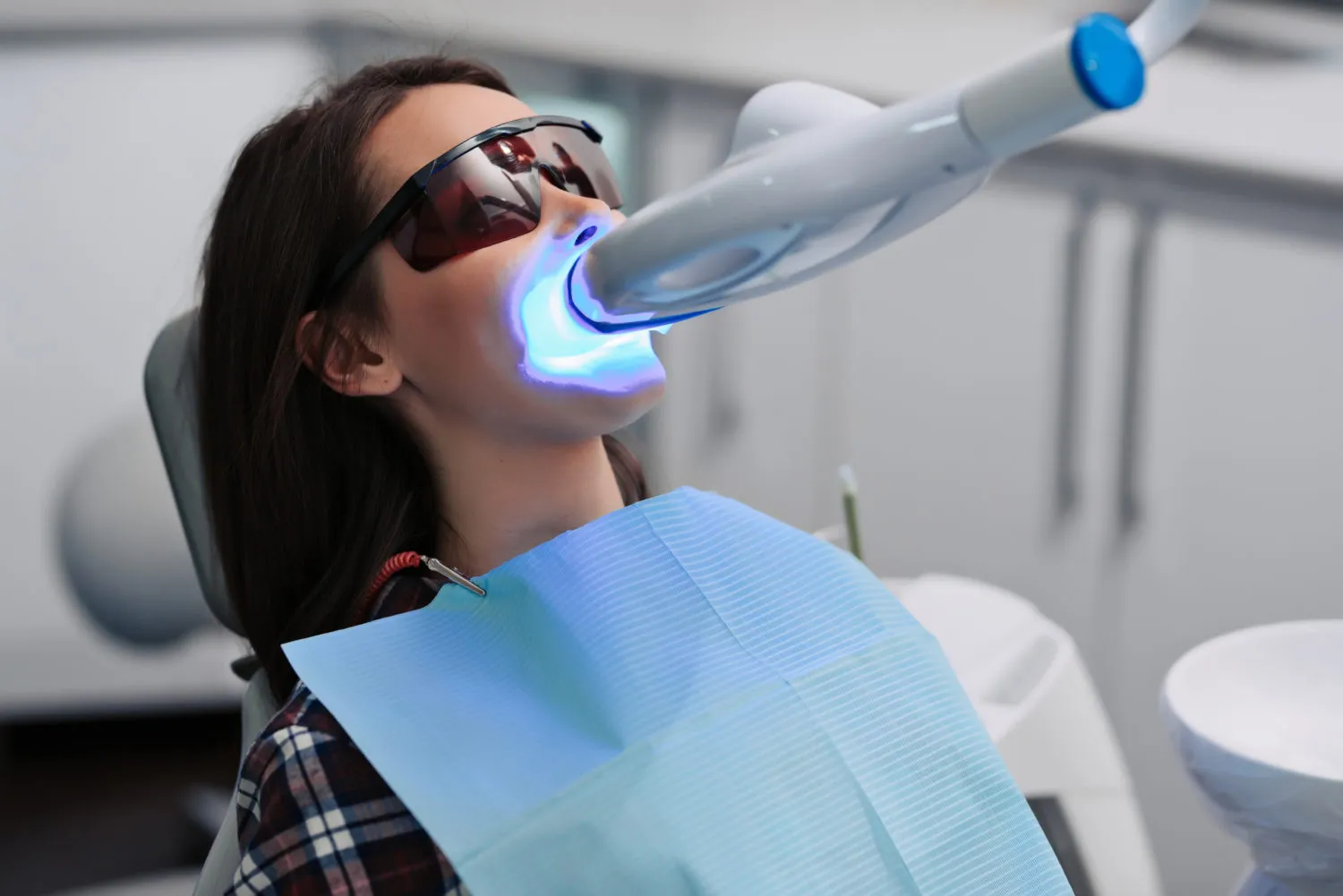
Patient consultation and assessment are fundamental to ethical and safe teeth whitening. Before beginning any procedure, it’s crucial to conduct a thorough examination. This assessment involves reviewing the patient’s medical history, evaluating their oral health, and discussing their expectations. Identifying any potential contraindications, such as certain medical conditions or sensitivities, is essential. The consultation should also include a discussion of the whitening process, the potential risks and side effects, and alternative treatment options. It’s vital to provide information about the procedure and give patients the opportunity to ask any questions. A thorough consultation ensures a positive outcome and avoids any unexpected complications.
Informed Consent and Record Keeping
Obtaining informed consent is a legal and ethical requirement. Patients must be fully informed about the procedure, including the risks, benefits, and alternatives. A detailed consent form should be provided. The consent form should clearly outline all information. Keep accurate and detailed records of all patient consultations, assessments, treatments, and consent forms. Maintaining detailed records is essential for legal and ethical compliance and allows for continuity of care. Comprehensive record-keeping helps to build trust and transparency with patients.
Safety Protocols and Regulations
Adhering to safety protocols and regulations is essential. Use protective eyewear, gloves, and other personal protective equipment during teeth whitening procedures. Follow all guidelines for the safe handling and disposal of chemicals and materials. Ensure your practice complies with all relevant state and federal regulations regarding the use of bleaching agents and dental procedures. Compliance ensures the safety of your patients and staff. It also protects your practice from legal liabilities. Staying up-to-date on current regulations is a vital part of maintaining a safe and ethical practice.
In conclusion, pursuing a teeth whitening certification offers a compelling pathway to enhance your professional capabilities, boost your earning potential, and provide superior patient care. By understanding the top benefits, the basics of teeth whitening, different treatment methods, and the crucial steps involved in choosing the right certification course, you can confidently take the first steps toward a rewarding career in cosmetic dentistry. Remember to prioritize patient safety, ethical practices, and continuous learning to ensure long-term success in this dynamic field.
